Black Death Worksheet
The Black Death worksheet is a valuable resource for students studying European history or the Middle Ages. This worksheet provides a comprehensive overview of the devastating pandemic that ravaged Europe in the 14th century, covering its impact on population, economy, and society. By engaging with the questions and activities in this worksheet, students can deepen their understanding of the Black Death's historical significance and explore the various factors that contributed to its spread.
Table of Images 👆
More Other Worksheets
Kindergarten Worksheet My RoomSpanish Verb Worksheets
Cooking Vocabulary Worksheet
DNA Code Worksheet
Meiosis Worksheet Answer Key
Art Handouts and Worksheets
7 Elements of Art Worksheets
All Amendment Worksheet
Symmetry Art Worksheets
Daily Meal Planning Worksheet
When did the Black Death occur?
The Black Death occurred in the mid-14th century, with the most devastating outbreak taking place between 1347 and 1351.
What were the symptoms of the Black Death?
The symptoms of the Black Death included fever, chills, fatigue, body aches, vomiting, and swollen and painful lymph nodes. Patients also developed blackened skin areas due to bleeding under the skin. In some cases, individuals experienced respiratory issues, leading to difficulty breathing and coughing up blood.
How was the Black Death transmitted?
The Black Death was mainly transmitted through infected fleas that lived on rats. As rats traveled from place to place on ships or along trade routes, they brought the fleas with them, resulting in the spread of the disease to various populations. Additionally, direct human-to-human transmission could occur through respiratory droplets when an infected person coughed or sneezed, leading to the rapid spread of the illness during the pandemic.
Which regions were most affected by the Black Death?
The Black Death had a devastating impact on Europe, with regions such as Italy, France, England, and Germany experiencing some of the highest mortality rates. Mediterranean ports served as entry points for the plague, spreading it rapidly through trade routes. Urban areas and densely populated regions were particularly hard hit by the disease, leading to unprecedented death tolls and societal upheaval in the 14th century.
What were the social impacts of the Black Death?
The Black Death, a devastating pandemic in the 14th century, had significant social impacts. It resulted in a drastic reduction in population, leading to labor shortages and ultimately contributing to the decline of the feudal system. This loss of life also led to shifts in power dynamics, as survivors demanded higher wages and better living conditions, paving the way for social mobility and the emergence of a middle class. Additionally, the high mortality rate brought about changes in cultural and religious practices, as communities grappled with the trauma and sought solace in various forms of expression and belief.
How did the Black Death impact the economy?
The Black Death had a significant impact on the economy by causing labor shortages, leading to higher wages for workers and increased demand for goods and services. The decrease in population also resulted in a decline in agricultural production, which led to inflation and a restructuring of feudal systems. Additionally, the reduced workforce forced many businesses to close, disrupting trade and commerce across Europe.
What were the religious responses to the Black Death?
During the Black Death, various religious responses emerged, including increased fervent prayer and pilgrimage, as people sought divine intervention to stop the devastating plague. Some Christian groups saw the plague as a punishment from God for human sin and encouraged acts of penance, while others interpreted it as a test of faith. Additionally, there were instances of targeted violence against minority groups blamed for the outbreak, such as Jews, as scapegoats for the plague. Overall, the Black Death sparked a range of religious reactions, from seeking repentance and divine intervention to fostering fear and prejudice.
Were there any medical treatments for the Black Death?
During the Black Death in the 14th century, there were limited medical treatments available. Most commonly, physicians used herbs, bloodletting, and purging to try to heal or relieve symptoms of the disease, but with minimal success. Quarantine measures were also implemented to try to control the spread of the plague, as people did not understand the actual cause of the disease at that time.
What were the long-term effects of the Black Death?
The long-term effects of the Black Death include a significant reduction in the population of Europe, leading to labor shortages and higher wages for workers, shifts in social structure with the breakdown of traditional feudal systems, increased power and wealth for common people, advancements in medical knowledge and public health practices, and overall influence on art, culture, and religious beliefs.
How did societies recover from the Black Death?
Societies recovered from the Black Death through a combination of factors such as improved medical practices, the development of quarantine measures, changes in sanitation and hygiene practices, as well as social and economic reforms. The reduced population also led to labor shortages, increasing wages and allowing for a redistribution of wealth. Over time, these measures and changes helped to reestablish stability and growth in the affected societies.
Have something to share?
Who is Worksheeto?
At Worksheeto, we are committed to delivering an extensive and varied portfolio of superior quality worksheets, designed to address the educational demands of students, educators, and parents.

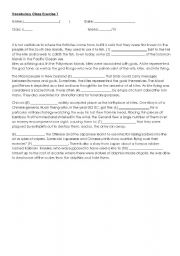



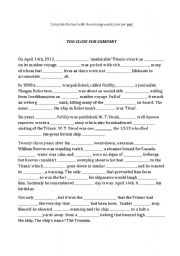
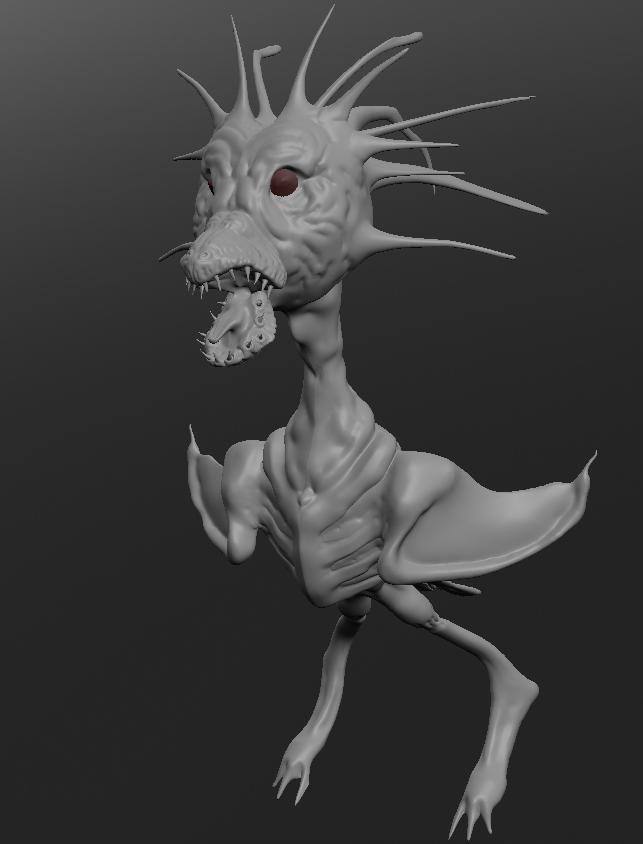
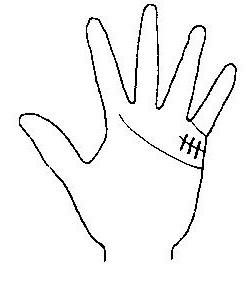
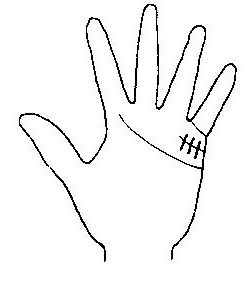
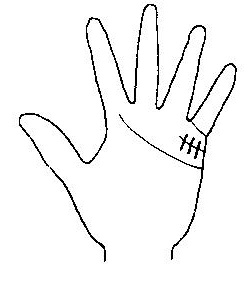
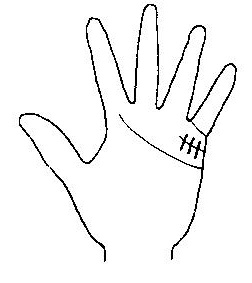
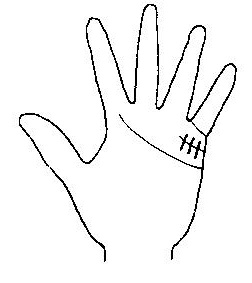
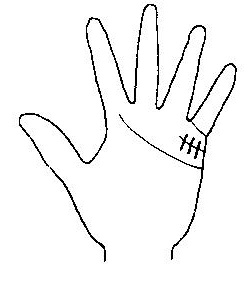















Comments